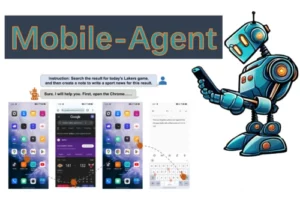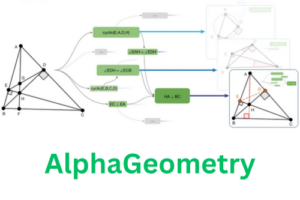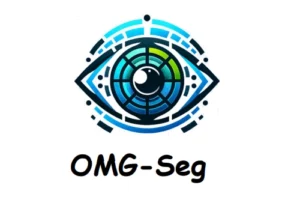SynthID – Identifying AI Images is becoming increasingly important as high-quality synthetic landscapes have spread on social media as AI image synthesis has evolved quickly. These idealized false scenes are frequently exploited to deceive without enough disclosure. As the visuals develop more complex and lifelike, it’s getting harder and harder to identify them.
Particularly, the development of text-to-image models like Imagen has made it possible to produce lifelike synthetic imagery that can be difficult to tell apart from actual photographs. It is getting more difficult to distinguish computer-generated imagery as these generative AI systems advance. This entails dangers since it makes it possible for false information to propagate, both consciously and unconsciously. So it’s crucial to be able to recognize AI-generated content with accuracy.

Introducing SynthID
In order to address this problem, Google and Google Cloud have released SynthID, a watermarking and identification tool for AI-generated photos. It incorporates virtually undetectable digital watermarks into the actual pixels of photographs created by AI systems like Imagen. As a result, SynthID can determine whether an image was modified after being made using AI.
Initially, It is being made available through Imagen to a small group of Vertex AI clients. However, it is a significant step toward making it possible to identify synthetic pictures with confidence.
How SynthID Works
Two deep learning models are used by SynthID, one for identification and the other for watermarking. Together, they are taught to maximize watermark detectability while preserving imperceptibility. The watermarks are resistant to standard alterations including compression, filters, and color changes.
Because of this, It is powerful enough to counter altered photos. In order to interpret the data, it offers confidence ratings; if a watermark is found, it is likely that some of the image originates from Imagen. Editing can remove metadata, but the embedded watermark from it can still be seen.
Empowering Responsible Creation
It promotes responsible AI development by enabling trustworthy identification. While not ideal, it offers transparency so users are aware when artificial media is being used. This is essential for preserving confidence online and avoiding false information.
Google is dedicated to creating identity technologies like SynthID that are reliable, flexible, and integrate with other societal solutions.
Preserving Authenticity
While there are many benefits to using synthetic media, it helps maintain the authenticity of real photos. Its sophisticated detection abilities allow us to once again trust some online photographs. This preserves the authenticity and genuine beauty of real landscape photos.
SynthID is a crucial tool for enabling businesses and individuals to responsibly work with AI-generated content, despite not being completely infallible.

What’s Next?
SynthID is a first step toward the development of ethical and responsible AI. Google intends to keep enhancing SynthID’s features, adding it to new goods, and making it accessible to outside parties.
Overall, as AI generation technology continues to advance quickly, reliable AI identification technologies like SynthID will be essential for ensuring synthetic material is created and distributed responsibly.
Similar Posts
-
Chinese Company DeepSeek Releases DeepSeek-Coder a LLM for Code Generation

-
Alibaba’s Mobile-Agent: A Smart Mobile Assistant

-
Grounded SAM: A Unified Model for Diverse Visual Tasks

-
Gaussian Head Avatar: High Quality Head Avatar Generator

-
Google DeepMind’s AlphaGeometry: Without Assistance Solving Olympiad Geometry Problems

-
OMG-Seg: A Unified Segmentation Model

